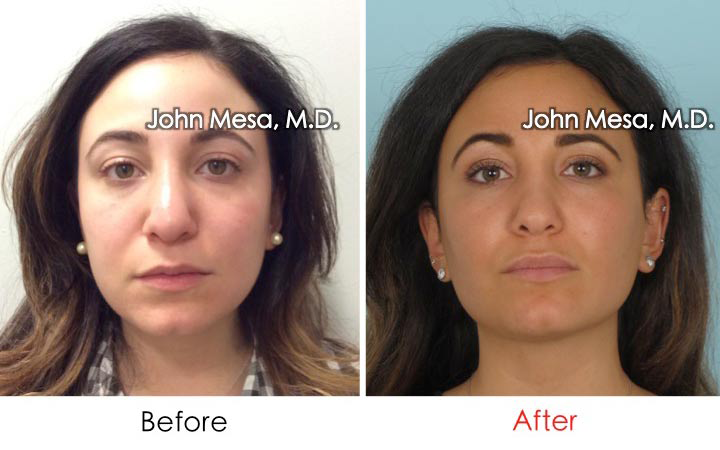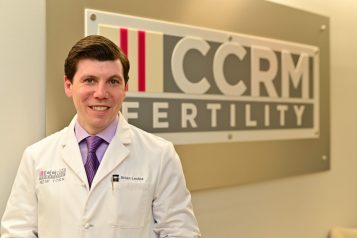Dr. John Mesa is a Harvard-trained, triple fellowship-trained plastic surgeon who is known for his extraordinary surgical techniques and stunning results. His specialty is cosmetic plastic surgery for the face and neck. He is known for delivering premier, individualized care and for achieving consistently beautiful, natural-looking results. Dr. Mesa has had extensive fellowship training at top educational institutions, including Harvard. His strong credentials have given him a unique set of skills for cosmetic plastic surgery. Dr. John Mesa is a Board Certified Plastic Surgeon that specializes in Chubby Cheek Reduction or Buccal Fat Removal with offices in New York City, New Jersey, and Miami.
 Photo Credit: Shutterstock
Photo Credit: Shutterstock
Dr. John Mesa is a board-certified plastic surgeon that specializes in cosmetic procedures of the face and neck. He is world-renowned because of his most common procedure: buccal fat removal. His social media presence and numerous reviews position him as a Buccal Fat Removal specialist. Haute Beauty has invited him to answer some of the most common questions related to this very trendy procedure. Here’s what he had to say:
Haute Beauty: What is buccal fat removal, and why is it so trendy nowadays?
Dr. John Mesa: Buccal fat removal is a cosmetic plastic surgery procedure that corrects chubby or full cheeks. It allows the patients to achieve a more chiseled, snatched V-shaped celebrity-like or model-like facial appearance. The procedure has become very trendy because people started to realize through social media that it is possible to look like you have a “face tune-like filter” on in real life.
HB: Can buccal fat removal be done under local anesthesia? Many surgeons state it can ONLY be done under general anesthesia or sedation.
JM: Buccal fat removal can absolutely be done under local anesthesia. I have done 99% of my buccal fat removal procedures under local anesthesia with the patient completely awake. I only do buccal fat removal under local general anesthesia when the patient bundles the procedure with another one that requires general anesthesia, like a tummy tuck or breast augmentation. It is a myth that buccal fat removal can only be performed under general anesthesia. Surgeons that still promote the procedure only under general anesthesia or sedation might not be familiar with the new advanced local anesthesia techniques.
HB: Is it true that a partial buccal fat removal cannot be performed?
JM: That is incorrect. I frequently perform partial or subtotal buccal fat pad removals for my patients. Not everybody wants a super chiseled facial look. Some patients like just a little bit of cheek fullness to be removed. Others would enjoy more fullness to be removed but not to the point of looking like Bella Hadid. Therefore, it is common in my practice to remove between 30% to 90-95% of the buccal fat pads according to the patient’s desires and facial anatomy.

Photo Credit: Dr. John Mesa
HB: Is it true that if you don’t get all the buccal fat removed, do you risk looking asymmetric?
JM: It is not true. If someone undergoes a partial buccal fat removal, and the same amount of buccal fat is removed from both sides, there is no risk of looking asymmetric after the procedure.
HB: Why is it essential to have high cheekbones when seeking buccal fat removal?
JM: People seeking to undergo buccal fat removal ultimately want a chiseled V-shaped facial look. This look comprises flat cheeks and prominent high cheekbones. Anyone with high cheekbones can achieve a chiseled facial with buccal fat removal. However, suppose someone has no prominent cheekbones and wishes to undergo the procedure without improving their cheekbones. In that case, they very likely will look aged (facial skin after the procedure due to lack of cheekbone support). Therefore, if somebody has weak cheekbones and wants buccal fat removal, it is essential to enhance them before or on the day of the surgery (usually with hyaluronic acid-based fillers) to achieve a chiseled look.
For more information, visit Dr. Brian A. Levine's social media:

























